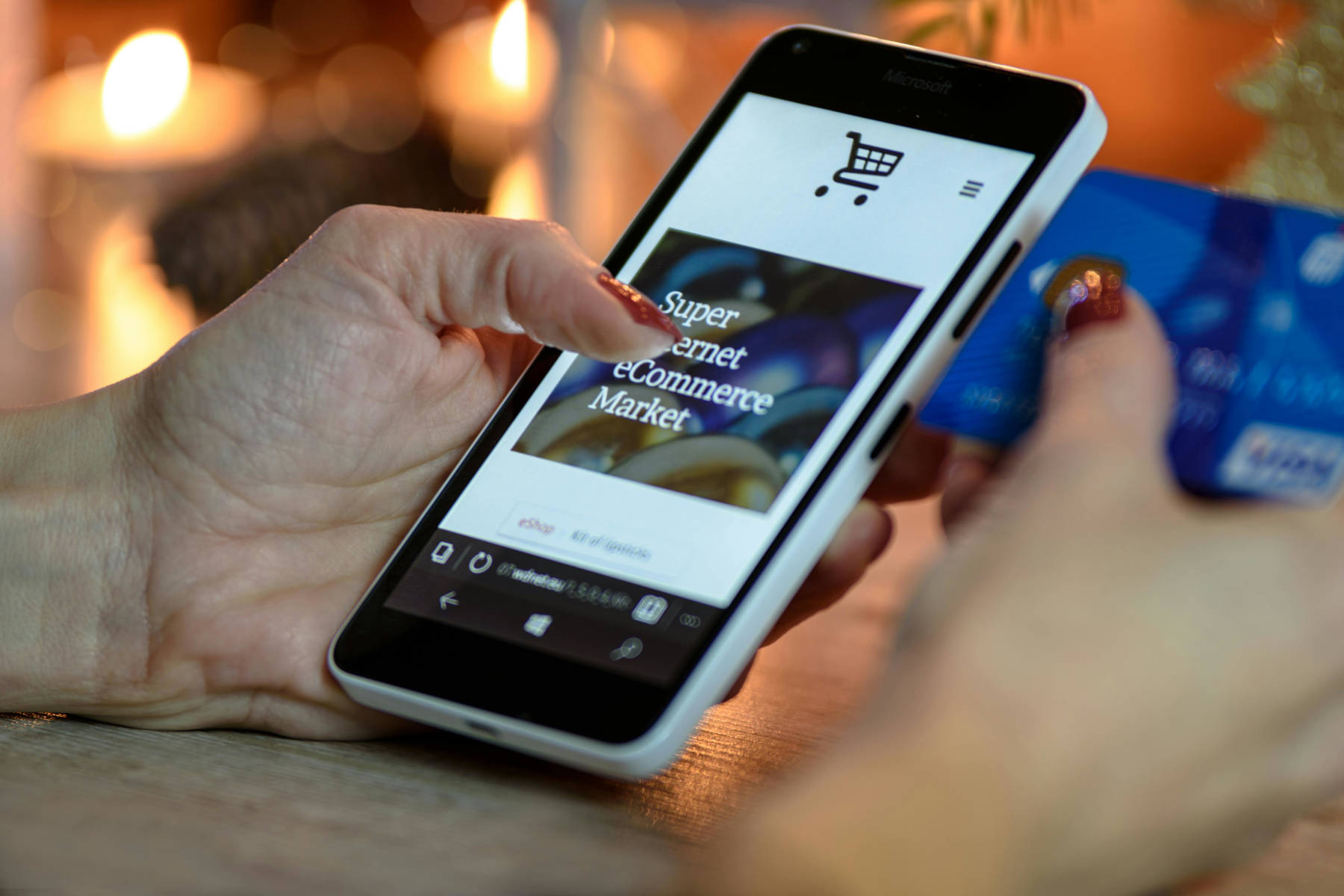Website and social media advertising: why your ads don’t work properly without a website
Why is Website and social media advertising ineffective without a website? Five key reasons and practical tips for promoting your business online.
1. Social media doesn’t belong to you
Every business today strives to be on social media — that’s understandable. That’s where the audience lives, discussions happen, and purchase decisions are made. But the key mistake is total dependence on someone else’s platform. Your account can be restricted, frozen, hacked, or deleted without explanation. And that’s it — your audience, content, and reviews disappear.
When a company has its own website, it gains an independent platform where it fully controls everything — structure, design, analytics, and content. A website is not just a business card; it’s your home on the internet, where all other channels should lead. That’s why Website and social media advertising must have a single goal — to guide people to the place where your business is the host, not a guest.
Social media works great as a “gateway,” but without a website, it becomes a trap: you invest in content, yet all the results stay with the platform, not with you.
2. Social media algorithms work against your growth
Platforms like Instagram*, Facebook*, TikTok, or YouTube make money from advertising. Their goal is to keep users engaged, not to promote you for free. So no matter how often you post, only a small portion of your audience actually sees it.
The average organic reach of posts is 5–10%, and it keeps declining every year. You can spend hours creating content, but without a website, this effort barely pays off in the long term.
When a business has its own website, publications start to live longer: search engines index them, and they appear in Google results. Unlike social media posts that vanish in a day, an article on your website can attract clients for years.
That’s why the best strategy is to combine Website and social media advertising. Social networks bring instant reach, while the website ensures a steady flow of visitors from search. Together they create a balanced client acquisition system.
3. Without a website, you can’t build trust
Consumer psychology is simple: the more serious the purchase, the more trust is needed. Social media creates interest but doesn’t inspire reliability. Anyone can create a profile and call themselves an “expert.”
A well-designed website with reviews, service descriptions, and contact details builds a sense of a real business. People take such companies more seriously. They see you not as a random blogger but as an organization with history and responsibility.
On a website, you can tell your story, show your team, publish case studies and articles — all of which work toward your authority. When someone moves from Instagram to your site and sees structured, quality content, their perception changes instantly.
That’s why every piece of Website and social media advertising should ultimately lead users to your website. There, clients find all the information they need, get their questions answered, and can take the next step — contact you, submit a form, or make a purchase.
4. Without a website, you can’t measure what works
On social media, you only see superficial numbers — likes, comments, views. But these metrics don’t show who among your followers became an actual client. And the goal of marketing isn’t just visibility — it’s sales.
A website solves this problem. With analytics tools (Google Analytics, Yandex.Metrica, and others), you can track the entire customer journey — from ad click to purchase. You’ll see which pages perform best, which channels bring clients, and which just drain your budget.
This kind of data can’t be obtained from Instagram alone. Only by combining Website and social media advertising can you see the full picture. For example, you can run a post ad, direct people to your website, and track how many of them submitted a form. Marketing stops being a guessing game and becomes a system you can refine.
Without analytics, your business is blind. A website gives you vision and understanding — where your money goes and which channels truly generate profit.
5. A website makes your marketing scalable
Social media limits you by format. Posts, stories, short videos — all good for attention, but not for conversion. Clients struggle to place orders, find details, or read long texts.
A website solves these issues. It becomes not just a place with your information but a full-fledged sales system — with catalogs, forms, payments, CRM, and a blog. You can test offers, collect leads, and run funnels.
When you lead clients from social media to your site, they stay within your ecosystem. You can set up a Facebook pixel or Google Analytics tag and launch remarketing — bringing back visitors who didn’t buy the first time. That’s how Website and social media advertising becomes a powerful mechanism where every client action can be tracked, analyzed, and optimized.
A website is a tool for scaling. Without it, you’ll always depend on a single channel, and any algorithm change could wipe out all your efforts.
Conclusion
Social media gives you speed, a website gives you stability. One doesn’t work without the other.
Only the combination of Website and social media advertising creates truly effective marketing: social media captures attention, and your website turns that attention into clients.
If you want your online business to perform steadily and deliver results, start by creating your own website.
The Easylaunch team will help you build a website that’s not just beautiful but truly sells — connecting it with your social media into one powerful promotion system.






